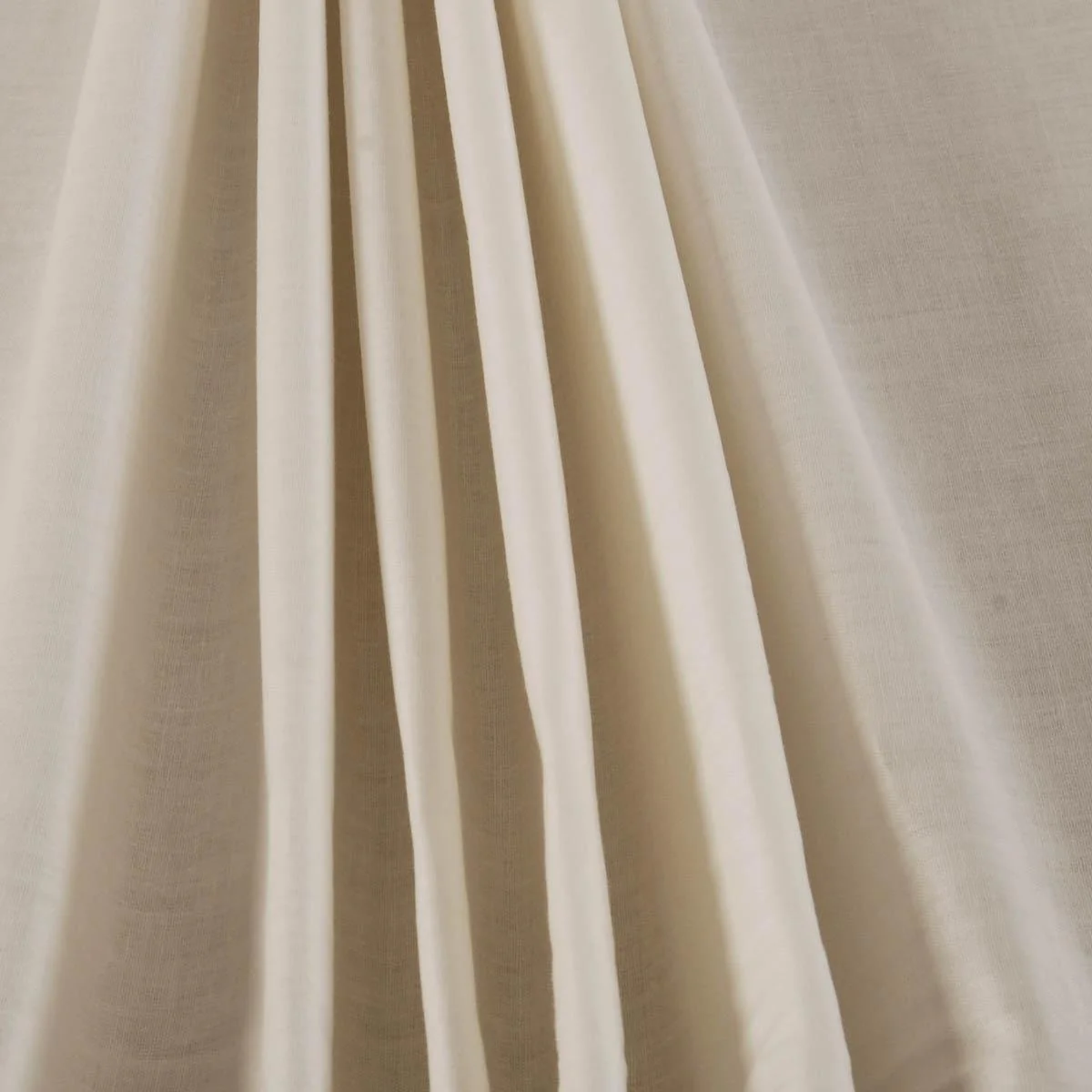Decorating your home can be both exciting and challenging, especially when trying to balance personal style with cohesive design. One of the most effective ways to transform a room is by using Framed Picture pieces alongside wall art to create a visually appealing and harmonious space. Combining these elements allows for creativity, layering, and personal expression, making your walls a true reflection of your taste and personality. In this guide, we’ll explore practical strategies, style tips, and design principles to help you master the art of mixing framed pictures with wall art.
Understanding the Role of Framed Pictures in Home Decor
What Makes a Framed Picture Special
A framed picture is more than just an image behind glass; it’s a focal point that adds depth, character, and visual interest to your walls. Frames provide structure and highlight the art within, allowing it to stand out amidst other decorative elements. Choosing the right frame can complement your room’s theme, whether modern, traditional, minimalist, or eclectic.
Benefits of Using Framed Pictures
Framed pictures can bring warmth and personality to any room. They preserve your favorite memories, showcase your artistic taste, and create visual continuity. When combined with other wall art, framed pictures can serve as anchors, guiding the eye through your space and establishing balance.
Selecting Wall Art to Complement Framed Pictures
Types of Wall Art to Consider
Wall art comes in many forms, including canvases, metal sculptures, tapestries, mirrors, and decals. Selecting complementary pieces depends on the room’s size, color palette, and overall style. For example, a minimalist room may benefit from abstract canvas pieces, while a rustic space may shine with wooden or metal wall art.
Harmonizing Colors and Themes
When combining framed pictures with wall art, consider color schemes and thematic consistency. Coordinating hues, tones, and motifs ensures a cohesive look. For instance, black-and-white framed pictures can pair beautifully with monochromatic or muted wall art, while vibrant frames can be balanced with neutral wall pieces.
Tips for Arranging Framed Pictures with Wall Art
Create a Gallery Wall
A gallery wall is a classic method for displaying multiple framed pictures and wall art together. Arrange different sizes and shapes thoughtfully, mixing portrait and landscape orientations. To achieve balance, place larger framed pictures near the center and smaller pieces around them, ensuring visual flow.
Use Symmetry and Asymmetry
Symmetrical arrangements create a formal, polished look, ideal for living rooms or offices. Asymmetrical layouts, on the other hand, evoke creativity and energy, perfect for eclectic spaces or personal galleries. Experiment with both approaches to see what fits your room best.
Layering and Overlapping
Layering wall art behind or around framed pictures can add dimension and depth. For example, a textured canvas behind a smaller framed photo draws attention and creates a layered, professional effect. Overlapping pieces slightly also encourages dynamic visual interest without cluttering the space.
Choosing the Right Frames
Material and Finish
Frames come in wood, metal, acrylic, and even resin. Each material conveys a different vibe. Wooden frames suit rustic or classic interiors, metal frames complement modern or industrial styles, and acrylic frames offer a sleek, contemporary look. Choose finishes—matte, glossy, or distressed—based on your room’s mood and wall art style.
Size and Proportion
The size of your framed picture should relate to the wall space and surrounding artwork. Oversized frames can dominate small rooms, while tiny frames may get lost in larger spaces. Consider proportion and spacing carefully to maintain harmony across your gallery or wall arrangement.
Integrating Personal Touches
Family Photos and Memories
Personal framed pictures of family, friends, or travels bring warmth and authenticity to your decor. Mix these with artistic wall pieces to create a balance between personal and decorative elements.
Seasonal and Rotating Displays
Consider rotating framed pictures or wall art seasonally or for special occasions. This allows your walls to feel fresh and dynamic while keeping your decor aligned with trends, moods, or events.
Practical Tips for Hanging
Eye-Level Placement
For maximum impact, hang framed pictures and wall art at eye level. This usually translates to the center of the artwork being about 57–60 inches from the floor, creating a natural viewing experience.
Consistent Spacing
Maintain consistent spacing between framed pictures and wall art for a cohesive look. A gap of 2–6 inches works well depending on the wall size and number of pieces.
Anchoring Large Pieces
If you have a large framed picture, anchor it with smaller pieces around it. This creates balance and ensures the focal point does not overwhelm the wall or room.
Common Mistakes to Avoid
Overcrowding Walls
Filling every inch of a wall can feel chaotic. Focus on fewer, well-chosen framed pictures and complementary wall art rather than overcrowding the space.
Ignoring Scale
Ignoring the scale of artwork to the room can make your walls feel disproportionate. Always measure wall space and choose pieces that complement the size of the room and furniture.
Clashing Styles
Combining styles without cohesion can disrupt the harmony of your space. Ensure framed pictures and wall art share elements like color, tone, or theme to create unity.
Inspiring Ideas for Different Rooms
Living Room
Combine large framed pictures with metal or canvas art for a striking focal wall. Layer textures and choose cohesive colors to tie the room together.
Bedroom
Soft, calming wall art paired with intimate framed pictures creates a cozy, restful environment. Use neutral tones or pastel frames to enhance serenity.
Home Office
Motivational prints, abstract canvases, and professional framed pictures can create an inspiring workspace. Keep arrangements structured for clarity and focus.
Hallways and Entryways
Hallways are ideal for a linear arrangement of small framed pictures with wall art accents. This turns narrow spaces into engaging galleries.
Conclusion
Combining framed pictures with wall art is a powerful way to enhance your interior design, infuse personality, and create visually dynamic spaces. By carefully selecting frames, coordinating colors, arranging pieces thoughtfully, and integrating personal touches, you can transform any room into a cohesive, stylish, and inviting environment. Start experimenting today—choose your favorite framed picture, complement it with wall art, and watch your walls come alive with creativity and elegance.



